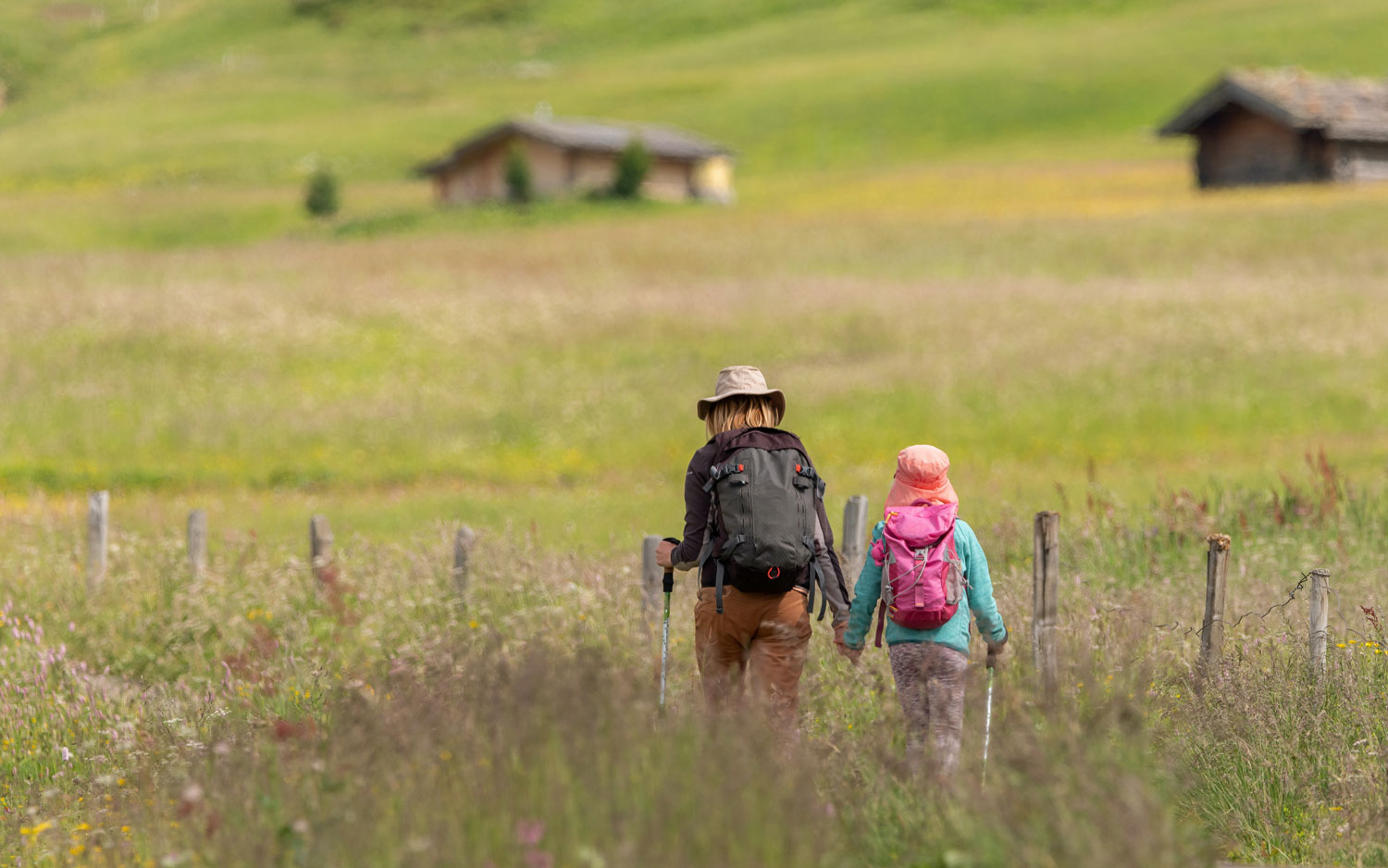Fans of TV’s Clarkson’s Farm will have seen him take a typically robust approach to a number of farming frustrations – but a cool-headed approach is vital when it comes to dealing with unwanted visitors.
Presenter-turned-farmer Jeremy Clarkson has, like many landowners, had cause to deal with trespassers. He reportedly once called 999 to report a group of travellers in his field, and on another occasion claimed he was legally threatened by a woman who got her foot stuck in a hole after going on to his land at Diddly Squat Farm.
Fans of the TV series Clarkson’s Farm will know that the protagonist is prone to the occasional outburst – but as a farmer, a cool-headed approach is important when it comes to those who find their way onto your property. Being aware of your rights means you can act appropriately if you encounter unwelcome visitors.
Here’s how:
Get a definitive answer on rights of way
If as a landowner, you are unsure if the public has a right of way over your property, you can consult the 'definitive map' – the official record required by every county council or unitary authority in England and Wales.
This outlines each right of way in the region and is frequently supplemented by a document known as the ‘definitive declaration’. This includes additional details, such as restrictions on the public's use of stiles and gates.
So, if at Diddly Squat Farm, the land is crossed by a designated public path, it would be Clarkson and his team’s responsibility to keep it clear, safe, and free of potential hazards such as fallen trees or branches. As tempting as you may find it to bring in deterrents such as gates and stiles to discourage walkers from wandering across, this is illegal unless permission is sought ahead of them being installed.
Signpost clearly and accurately
Trespassing can be deliberate, but it can also happen by accident if signposting is poor. The first step in avoiding this would be to clearly signpost paths and rights of way to guide walkers to the available public route. Natural England offers comprehensive guidance for landowners when it comes to waymarking public rights of way. These include the rules on different coloured arrows to mark footpaths, bridleways, restricted byways and vehicle routes.
Be cautious
While it is possible to use ‘reasonable force’ to remove trespassers who refuse to leave, always err on the side of caution. ‘Reasonable force’ is extremely subjective and often opens vulnerability to prosecution – landowners would be prosecuted for using weapons, for example, and any physical encounter has the potential to be interpreted as assault.
Be aware of ramblers’ rights
If a route across land is used by the public without challenge for a ‘significant period of time’, it can become a public right of way in law. This period is defined as 20 years or more under the Highways Act 1980 – but presumed dedication can also take place under common law, and this muddies the waters because there is no set rule in common law about what a “significant period” should be.
This can be especially relevant if you are buying land – it’s important to establish whether a right of way claim could get in the way of your plans for farming or development.
The NFU reports that it saw an increase in enquiries about trespass from landowners during the periods of Covid lockdown, when more people were out walking in their local area. You can find out more on protecting landowners from rights of way claims here.
The Thrings Agriculture team has been chosen by the NFU to act for its members in more counties than any other firm. Find out more about how we can support farmers, food producers and rural communities on our Information for Farmers page.

Clarkson’s Conundrums are legal comments highlighting the issues farmers faced raised in Clarkson’s Farm. Thrings has no association with Jeremy Clarkson or Clarkson’s Farm and the comments made in this article are not endorsed by the show.

